Home>Technology>Home Entertainment Systems>How Does A Projector Screen Work
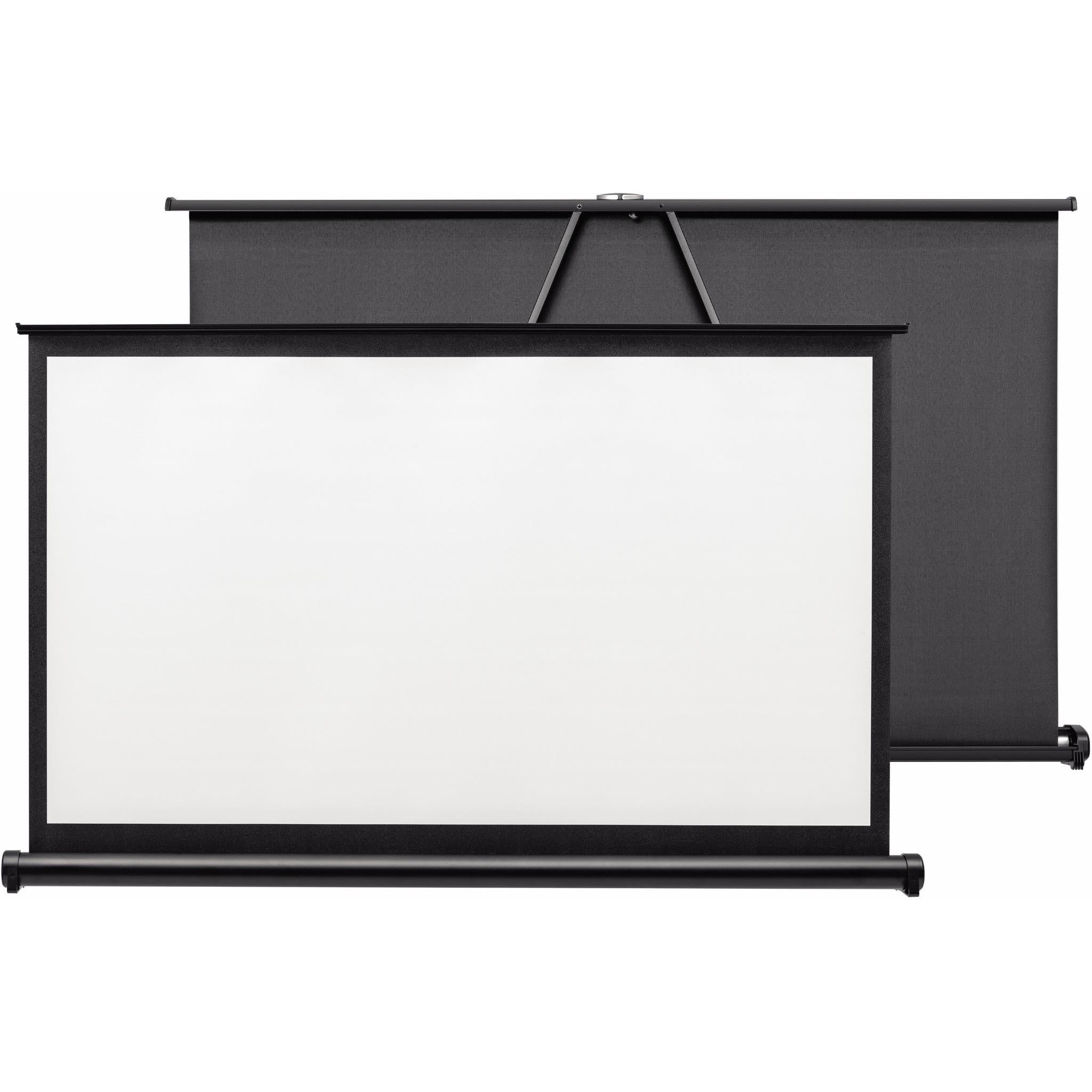

Home Entertainment Systems
How Does A Projector Screen Work
Modified: October 24, 2024
Discover how a projector screen enhances your home entertainment system. Learn about the technology and benefits. Choose the best screen for your setup.
(Many of the links in this article redirect to a specific reviewed product. Your purchase of these products through affiliate links helps to generate commission for Storables.com, at no extra cost. Learn more)
Introduction
Welcome to the world of home entertainment systems, where the magic of cinema comes to life in the comfort of your own home. In this digital age, projector screens have become essential components of home theaters, offering an immersive viewing experience that rivals the best movie theaters. Whether you're a movie buff, a sports enthusiast, or a gaming aficionado, a high-quality projector screen can elevate your entertainment to new heights.
Projector screens serve as the canvas for the stunning visuals produced by modern projectors, enabling larger-than-life images to be displayed with exceptional clarity and vibrancy. Understanding how these screens work and the various types available is crucial for anyone looking to create a captivating home theater setup.
In this article, we'll delve into the intricacies of projector screens, exploring their types, components, and functionality. By the end, you'll have a comprehensive understanding of how projector screens enhance the viewing experience and the advantages they offer over traditional television displays. So, sit back, relax, and let's embark on a journey to unravel the magic behind projector screens.
Key Takeaways:
- Projector screens come in various types, each offering unique benefits. Whether it’s a fixed frame for a seamless look or a portable screen for on-the-go use, there’s a perfect option for every entertainment setup.
- While projector screens provide immersive viewing and audio-visual integration, they also require careful consideration of space, light, installation, maintenance, and cost. Understanding these factors is crucial for creating the ultimate home theater experience.
Read more: How Does A DLP Projector Work
Types of Projector Screens
When it comes to projector screens, one size certainly does not fit all. There is a diverse range of projector screen types, each designed to cater to specific viewing environments and preferences. Understanding the distinctions between these types is crucial for selecting the ideal screen for your home entertainment setup.
1. Fixed Frame Screens: These screens are permanently tensioned on a solid frame, providing a flat and wrinkle-free surface for optimal image quality. Fixed frame screens are ideal for dedicated home theaters and offer a professional, seamless look.
2. Motorized Screens: Motorized projector screens feature an electric mechanism that allows them to roll up and retract at the touch of a button. They are perfect for spaces where a visible screen would be undesirable when not in use, as they can be neatly concealed within a housing unit.
3. Manual Pull-Down Screens: These screens are operated manually, with the user pulling the screen down to the desired length and locking it in place. Manual pull-down screens are cost-effective and suitable for spaces with limited installation options.
4. Portable Screens: Designed for on-the-go use, portable projector screens are lightweight and easy to set up. They are ideal for outdoor movie nights, business presentations, or any situation where a temporary viewing surface is required.
5. Tab-Tensioned Screens: Tab-tensioned screens utilize tensioning systems on the sides of the screen to ensure a perfectly flat viewing surface. This mechanism minimizes curling and warping, resulting in a consistently smooth image across the entire screen.
6. Acoustically Transparent Screens: These specialized screens allow sound to pass through the material, making them ideal for setups where speakers are placed behind the screen. They ensure seamless audio-visual integration without compromising sound quality.
Each type of projector screen offers unique benefits and considerations, so it’s essential to evaluate your specific requirements before making a selection. Whether you prioritize image quality, convenience, or versatility, there’s a projector screen type tailored to meet your needs.
Components of a Projector Screen
While projector screens may appear deceptively simple, they consist of several essential components that work together to deliver stunning visuals. Understanding these components is key to appreciating the intricacies of projector screen design and functionality.
1. Screen Material: The screen material is the canvas on which the projected images are displayed. It is designed to reflect light uniformly and preserve image clarity and color accuracy. High-quality screen materials are essential for achieving vibrant and lifelike visuals.
2. Frame: In the case of fixed frame screens, the frame provides structural support and ensures a taut surface for optimal image quality. It also contributes to the overall aesthetics of the screen, creating a sleek and professional appearance.
3. Roller Mechanism: Motorized and manual pull-down screens feature a roller mechanism that allows the screen to be rolled up or down smoothly. This mechanism is crucial for the operation and longevity of the screen, ensuring seamless deployment and retraction.
4. Tensioning System: Tab-tensioned screens are equipped with a tensioning system that keeps the screen surface flat and free of wrinkles or waves. This system enhances image uniformity and prevents distortion, contributing to a superior viewing experience.
5. Housing Unit: Motorized screens are housed in a casing that protects the screen when not in use. The housing unit also provides a discreet and tidy storage solution, keeping the screen out of sight when it is not being utilized.
6. Acoustic Transparency: Acoustically transparent screens are engineered to allow sound to pass through the material without compromising visual quality. This feature enables seamless integration of speakers behind the screen, delivering immersive audio to complement the stunning visuals.
7. Mounting Hardware: Proper mounting hardware is essential for securely installing the projector screen. Whether ceiling-mounted, wall-mounted, or freestanding, the mounting hardware ensures stability and safety, allowing the screen to perform optimally.
Each component plays a vital role in the overall performance and functionality of a projector screen. From the quality of the screen material to the precision of the tensioning system, every element contributes to creating an exceptional viewing experience in home theaters, conference rooms, and other projection environments.
How a Projector Screen Works
At first glance, a projector screen may seem like a passive element in the home theater setup. However, its role in delivering a captivating viewing experience is far from insignificant. Understanding how a projector screen works involves unraveling the interaction between light, surface material, and the human eye.
When a projector emits light, it creates a high-definition image comprised of countless pixels. This image is then directed towards the projector screen, where the magic unfolds. The screen material is engineered to reflect light uniformly, ensuring that each pixel is accurately represented with vibrant colors and sharp details. The screen’s surface is optimized to minimize hotspots and deliver consistent brightness and contrast across the entire viewing area.
As the light from the projector interacts with the screen, the reflected image becomes visible to the audience. The smooth and flat surface of the screen ensures that the projected image appears distortion-free, maintaining its original aspect ratio and resolution. This is particularly crucial for maintaining the integrity of cinematic content and preserving the immersive experience envisioned by filmmakers.
For motorized and manual pull-down screens, the roller mechanism allows the screen to be deployed or retracted with ease, providing flexibility and convenience. The tensioning system in tab-tensioned screens ensures that the surface remains perfectly flat, enhancing image uniformity and eliminating any visual imperfections that could detract from the viewing experience.
Acoustically transparent screens play a dual role, allowing sound to pass through the material while maintaining exceptional visual quality. This feature enables speakers to be positioned behind the screen, creating a seamless audio-visual experience that immerses the audience in both stunning visuals and high-fidelity sound.
Ultimately, the projector screen serves as the canvas on which the cinematic experience comes to life. Its ability to faithfully reproduce the projected image with clarity, color accuracy, and uniformity is paramount in creating an immersive and engaging viewing environment. Whether it’s the thrill of a blockbuster movie, the excitement of a live sports event, or the immersion of a video game, the projector screen plays a pivotal role in bringing entertainment to life in the comfort of your home.
A projector screen works by reflecting light from a projector to create a clear and bright image. The screen’s reflective surface helps to enhance the contrast and color of the projected image, providing a better viewing experience.
Advantages and Disadvantages of Projector Screens
Projector screens offer a range of benefits that contribute to an exceptional viewing experience, but they also come with certain limitations. Understanding the advantages and disadvantages of projector screens is essential for making informed decisions when setting up a home theater or presentation space.
Read more: How Does A Film Projector Work
Advantages:
- Immersive Viewing: Projector screens provide a larger and more immersive viewing experience compared to traditional televisions, making them ideal for creating a cinematic atmosphere in home theaters.
- Scalability: Projector screens can display images at much larger sizes than standard televisions, allowing for a customizable viewing experience tailored to the size and layout of the room.
- Flexibility: With motorized, manual pull-down, and portable options, projector screens offer flexibility in deployment, allowing them to be concealed when not in use or easily transported for various applications.
- Optimized Image Quality: High-quality projector screens are designed to preserve image clarity, color accuracy, and uniform brightness, ensuring that every detail of the projected content is faithfully reproduced.
- Acoustic Integration: Acoustically transparent screens enable seamless integration of speakers behind the screen, delivering an immersive audio-visual experience without compromising sound quality.
Disadvantages:
- Space Requirements: Setting up a projector screen necessitates adequate space for optimal viewing distances and positioning of the projector, which may not be feasible in smaller or irregularly shaped rooms.
- Ambient Light Sensitivity: Projector screens are susceptible to ambient light, and excessive light in the viewing environment can diminish image quality and contrast, necessitating light control measures.
- Installation Considerations: Proper installation of projector screens, especially fixed frame and motorized options, may require professional assistance and careful consideration of mounting locations.
- Maintenance: Projector screens require periodic maintenance to ensure the cleanliness and integrity of the screen material, particularly in environments prone to dust and debris.
- Cost: High-quality projector screens, especially those with specialized features, can represent a significant investment compared to traditional televisions, requiring a balanced assessment of budget and desired performance.
While projector screens offer unparalleled visual impact and versatility, they also present challenges related to installation, maintenance, and environmental factors. By weighing these advantages and disadvantages, individuals can make informed choices when incorporating projector screens into their entertainment or presentation setups, ensuring an optimal viewing experience tailored to their specific needs and preferences.
Conclusion
As we conclude our exploration of projector screens, it’s evident that these essential components play a pivotal role in shaping the immersive and captivating viewing experiences enjoyed in home theaters, conference rooms, and various presentation environments. From their diverse types and essential components to their functionality and advantages, projector screens offer a canvas for visual storytelling and entertainment that transcends the limitations of traditional displays.
By understanding the intricacies of projector screens, individuals can make informed decisions when selecting the ideal screen for their specific needs. Whether it’s the seamless elegance of a fixed frame screen, the convenience of a motorized screen, or the portability of a portable screen, there’s a perfect solution for every viewing environment.
Projector screens not only deliver stunning visuals but also enable seamless integration of high-fidelity audio, creating a holistic sensory experience that transports audiences into the heart of the action. The scalability and flexibility of projector screens allow for customizable viewing experiences, whether it’s a larger-than-life movie night or a professional presentation that commands attention.
While projector screens offer unparalleled advantages in terms of immersive viewing, image quality, and audio-visual integration, they also present considerations related to space requirements, ambient light sensitivity, installation, maintenance, and cost. By carefully evaluating these factors, individuals can optimize their projector screen setups to deliver the ultimate viewing experience without compromise.
As technology continues to advance, projector screens evolve to meet the demands of modern entertainment and presentation environments, offering innovative features and enhanced performance. Whether it’s the pursuit of cinematic excellence or the need for impactful visual communication, projector screens remain indispensable tools for creating unforgettable moments and sharing compelling stories.
So, as you embark on your journey to elevate your viewing experience, remember that the projector screen is more than just a surface for displaying images – it’s a gateway to immersive entertainment, captivating visuals, and unforgettable experiences that bring people together in shared moments of joy, excitement, and inspiration.
With the right projector screen as your canvas, the possibilities are as boundless as the imagination itself.
Frequently Asked Questions about How Does A Projector Screen Work
Was this page helpful?
At Storables.com, we guarantee accurate and reliable information. Our content, validated by Expert Board Contributors, is crafted following stringent Editorial Policies. We're committed to providing you with well-researched, expert-backed insights for all your informational needs.
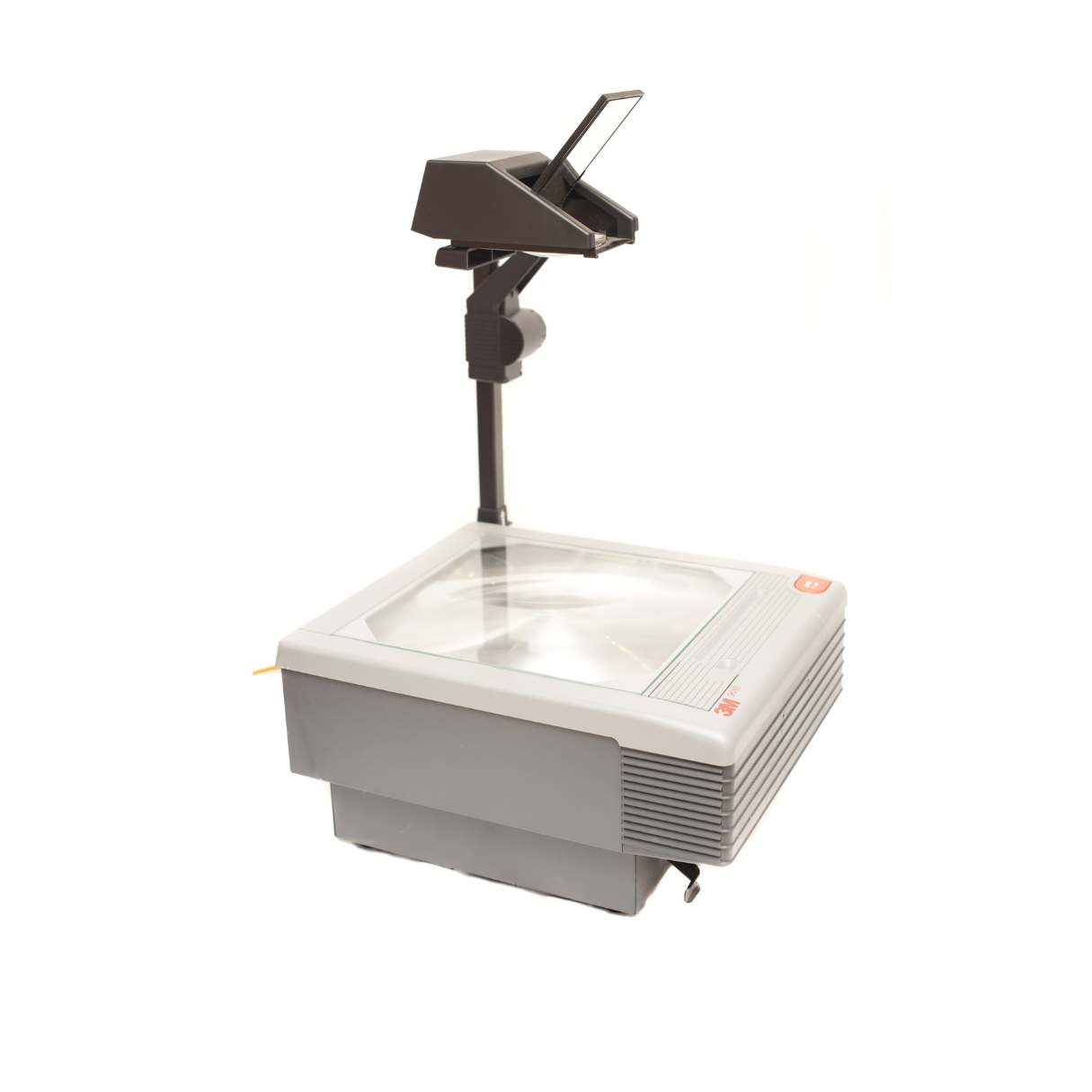
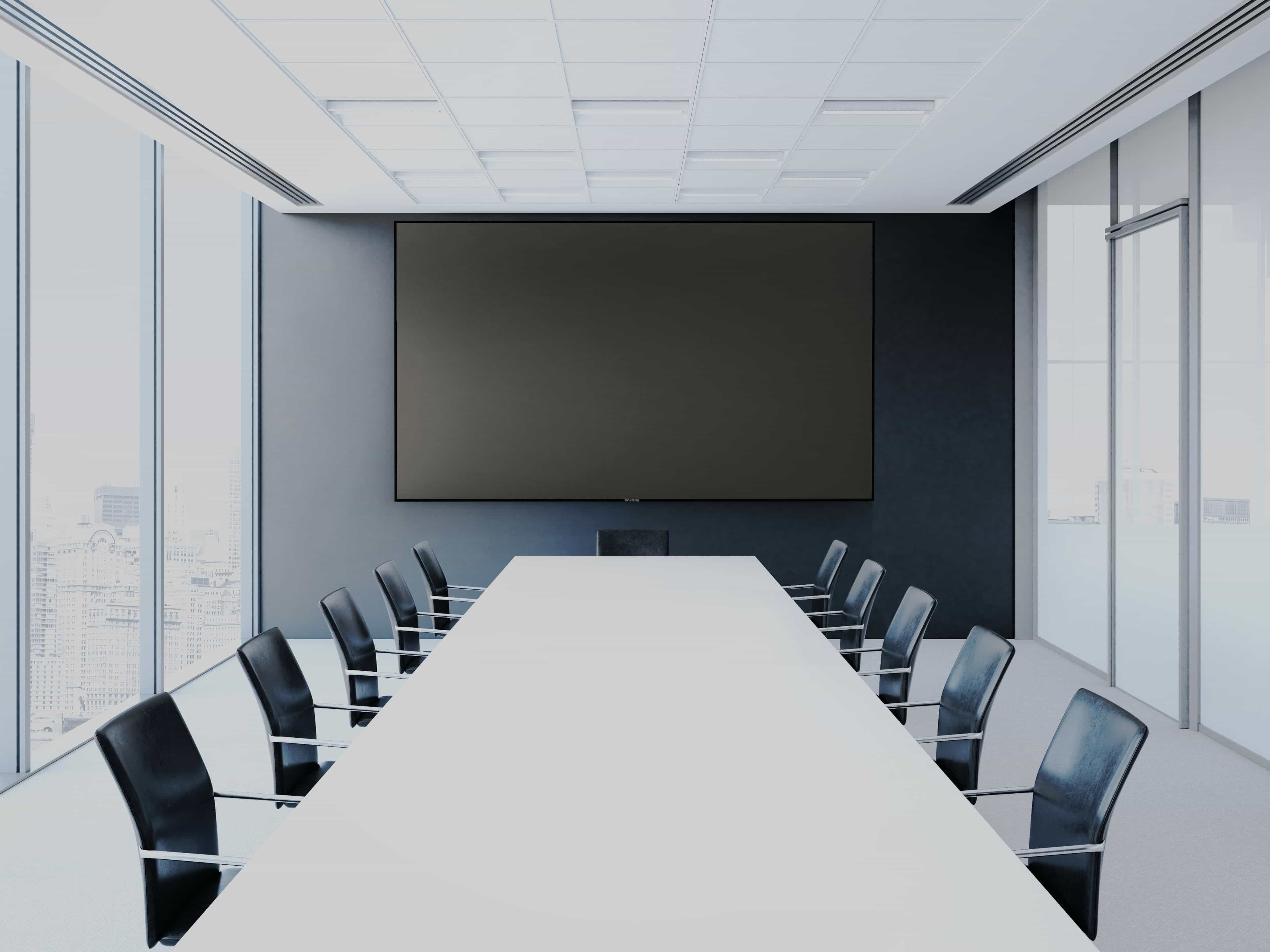
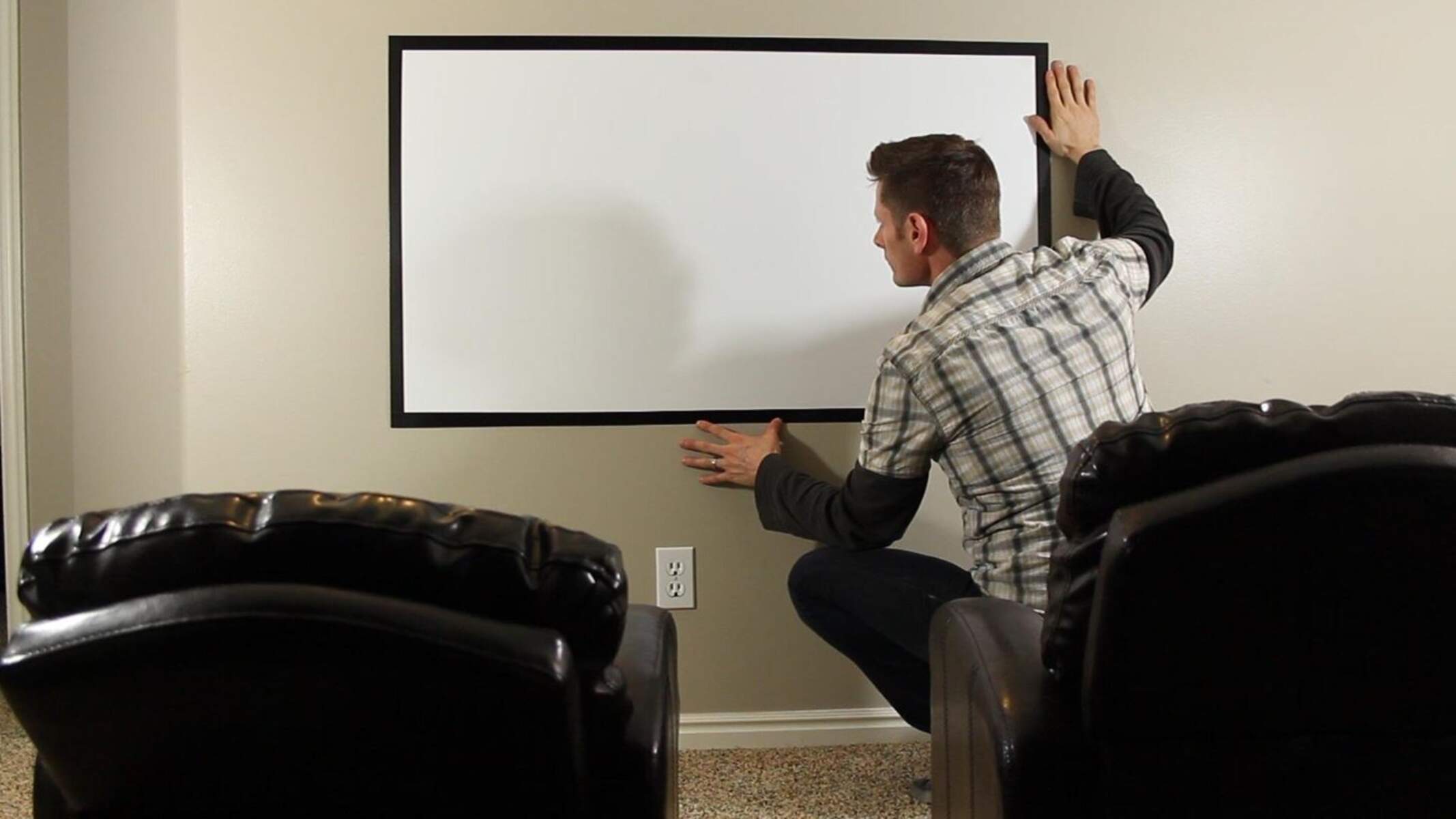
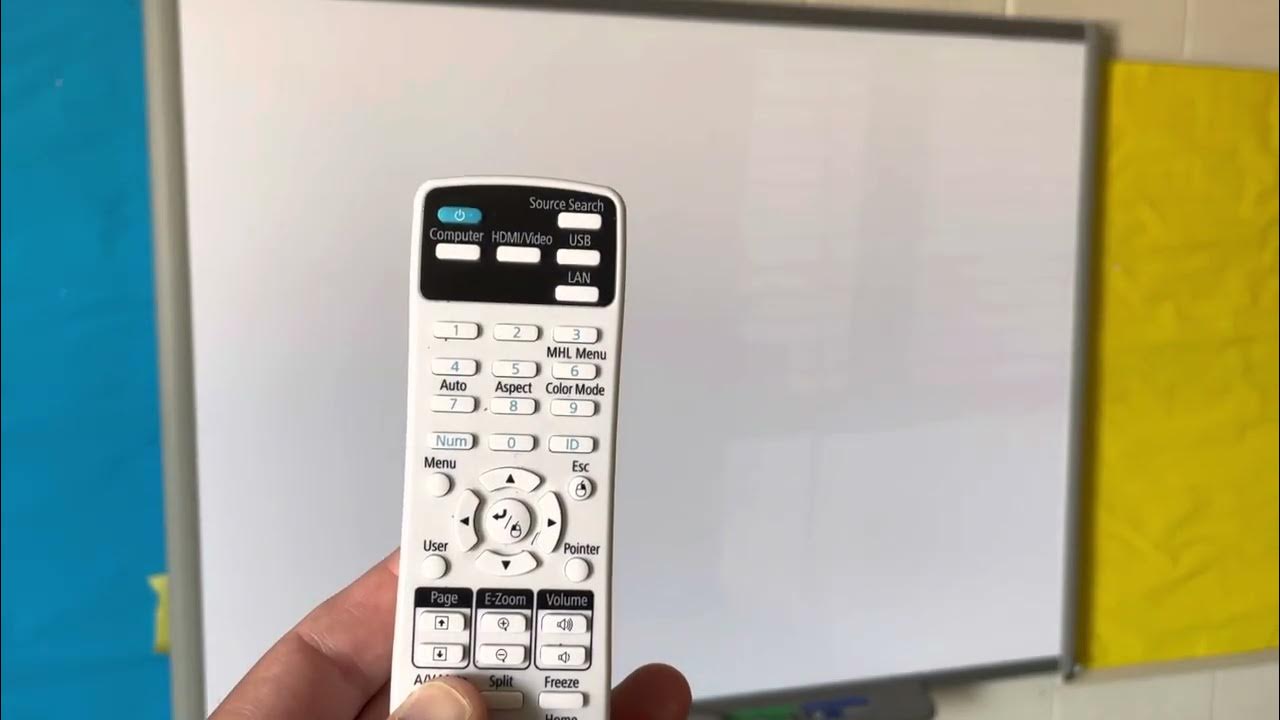
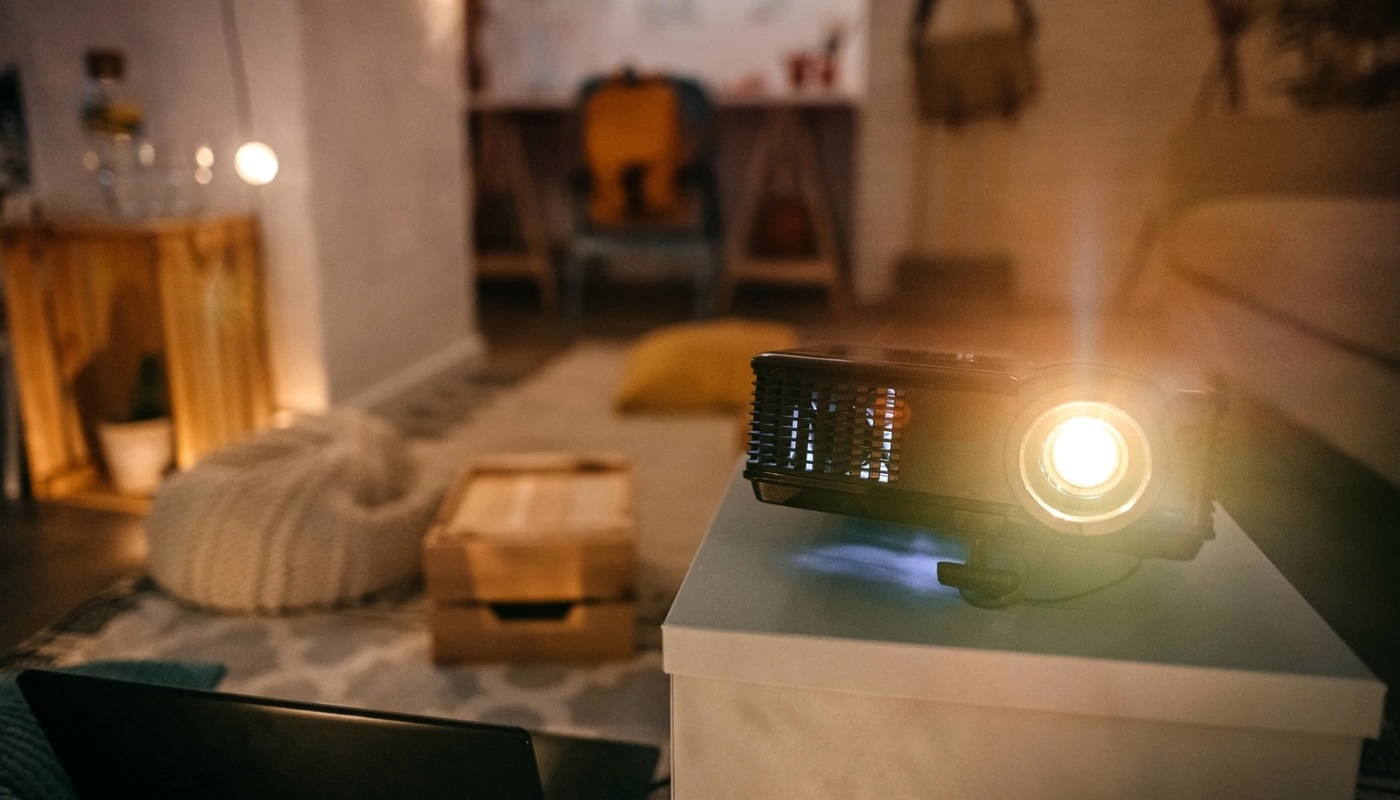
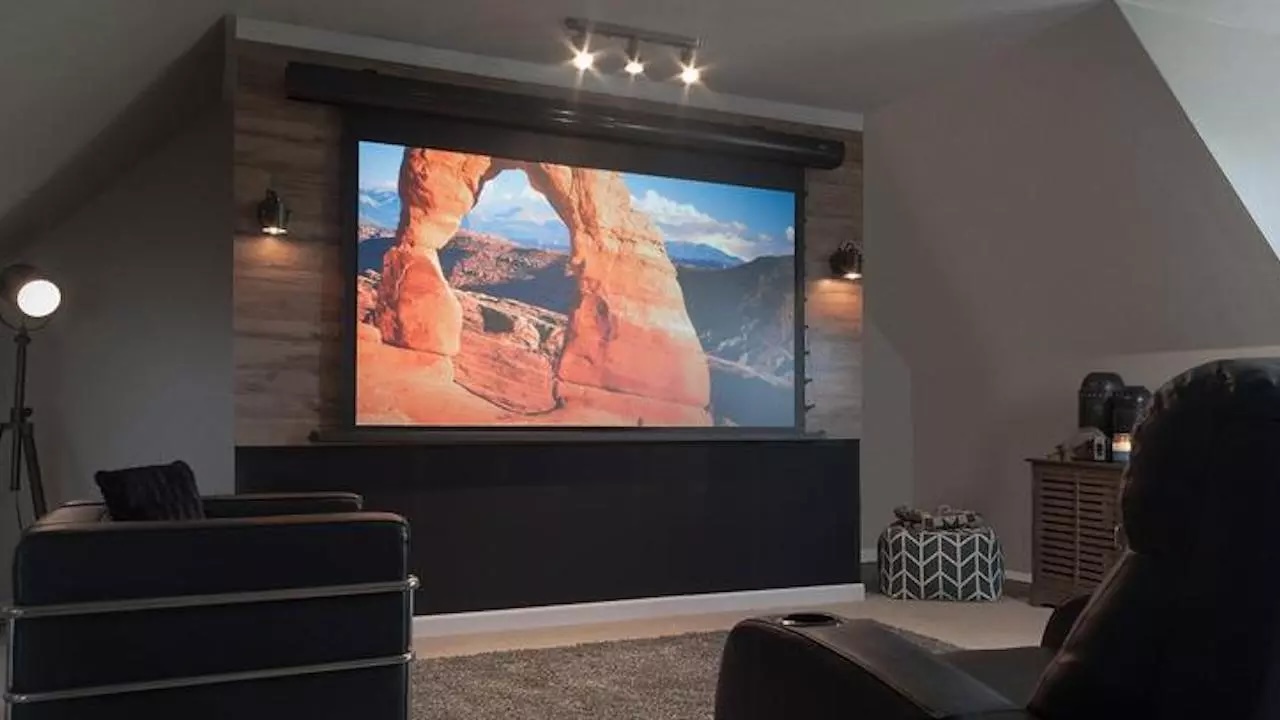

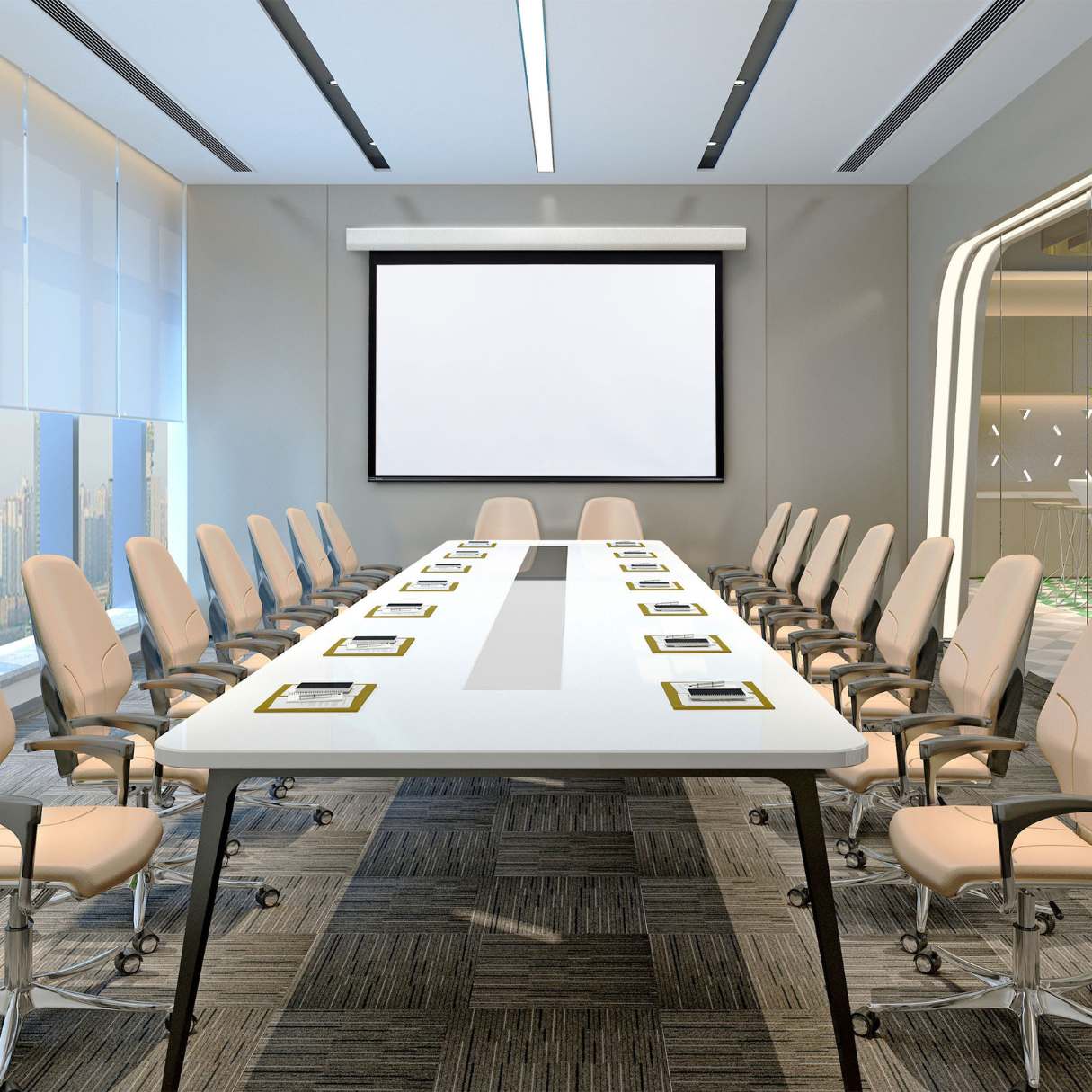
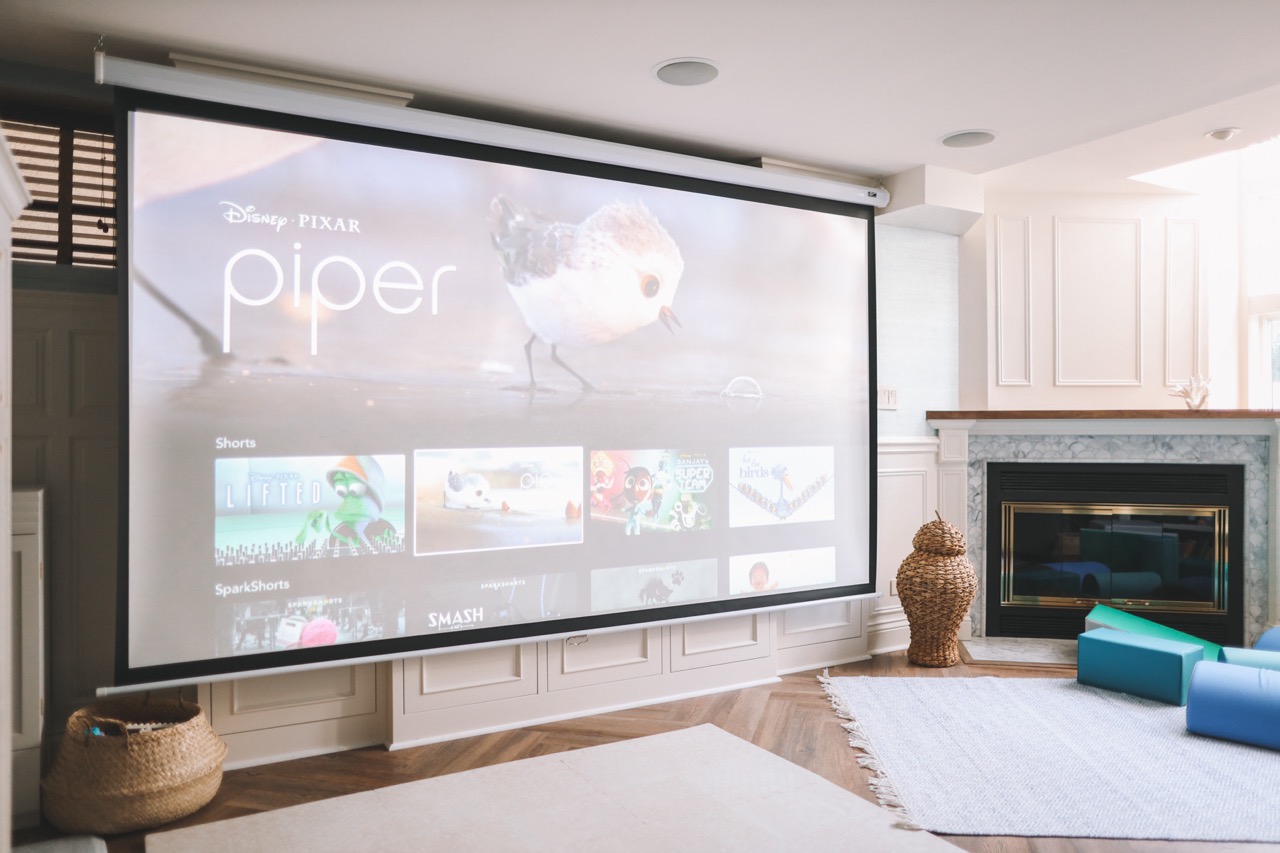
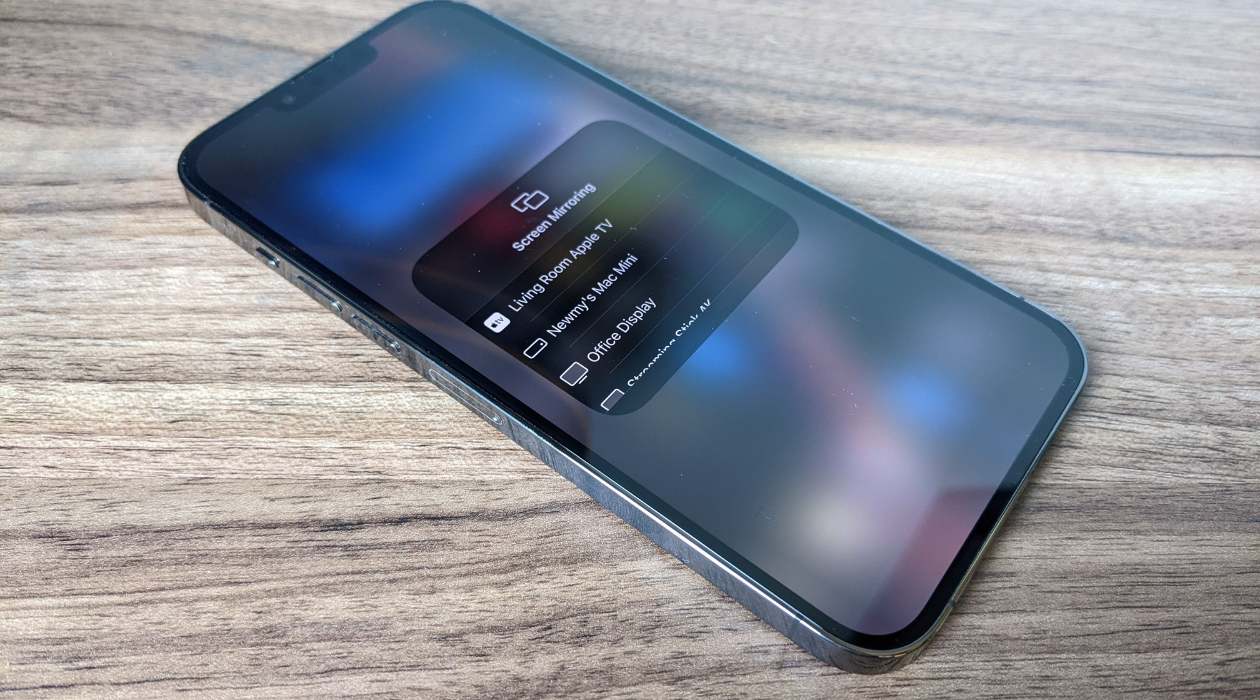

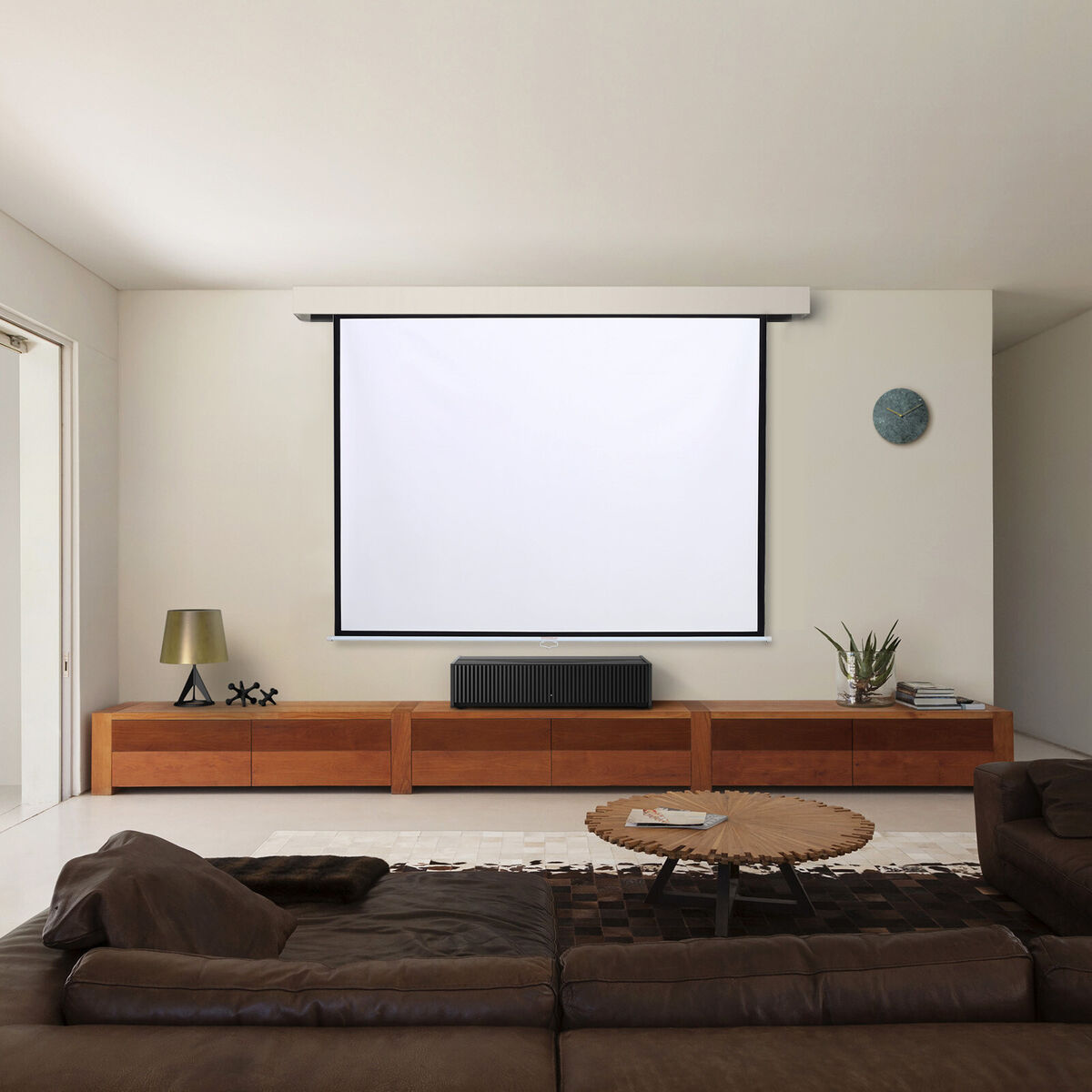
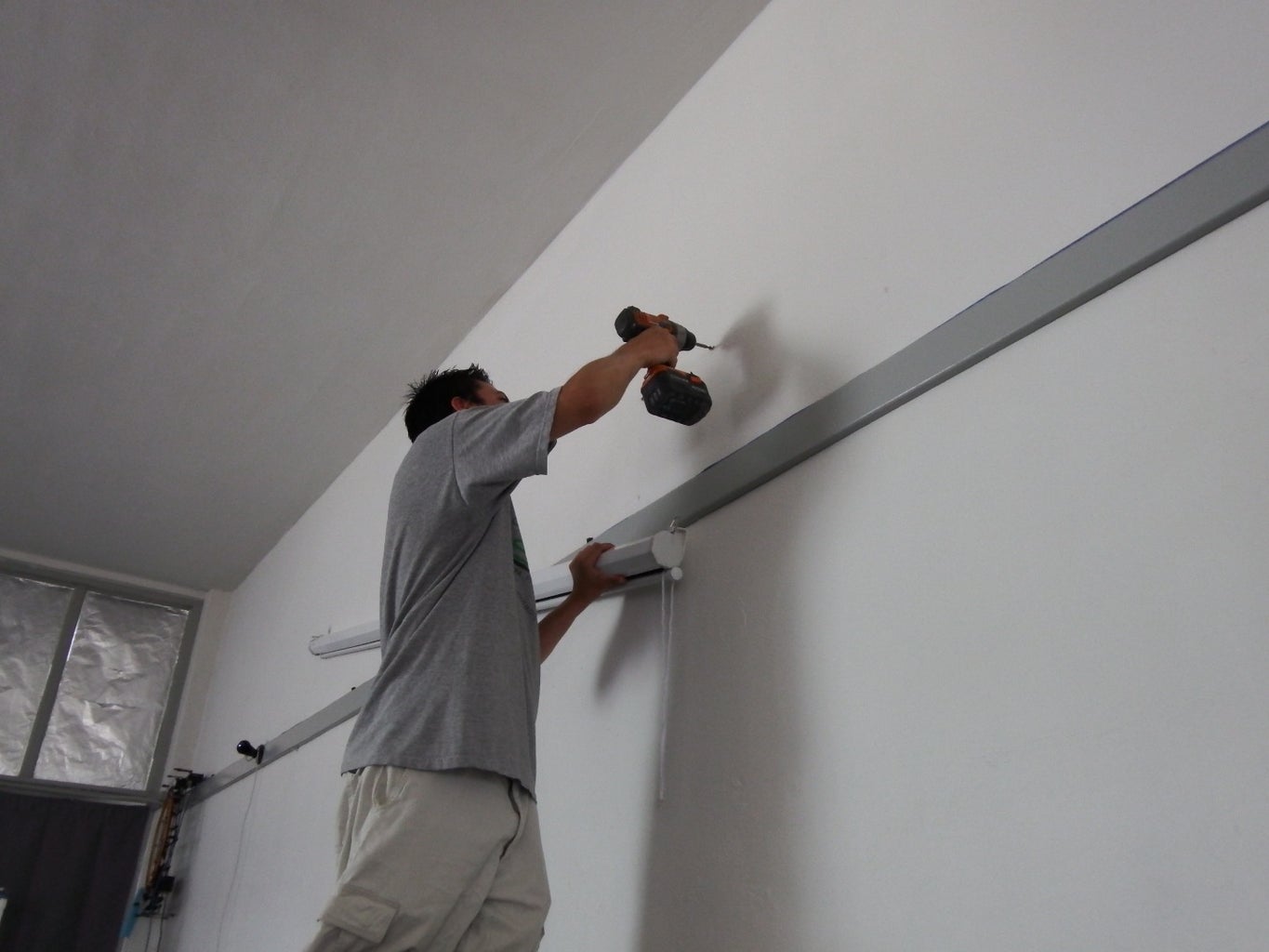
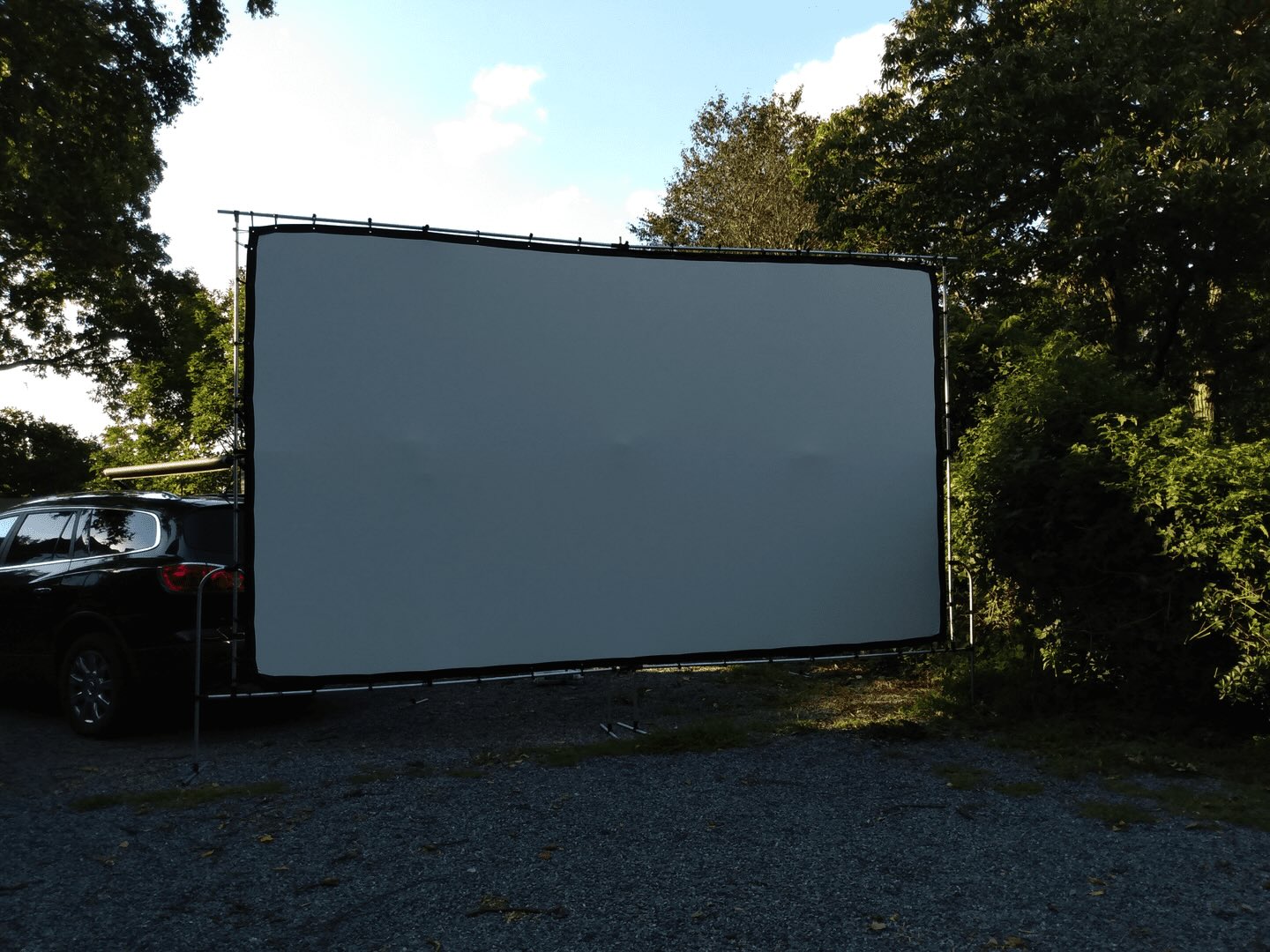

0 thoughts on “How Does A Projector Screen Work”